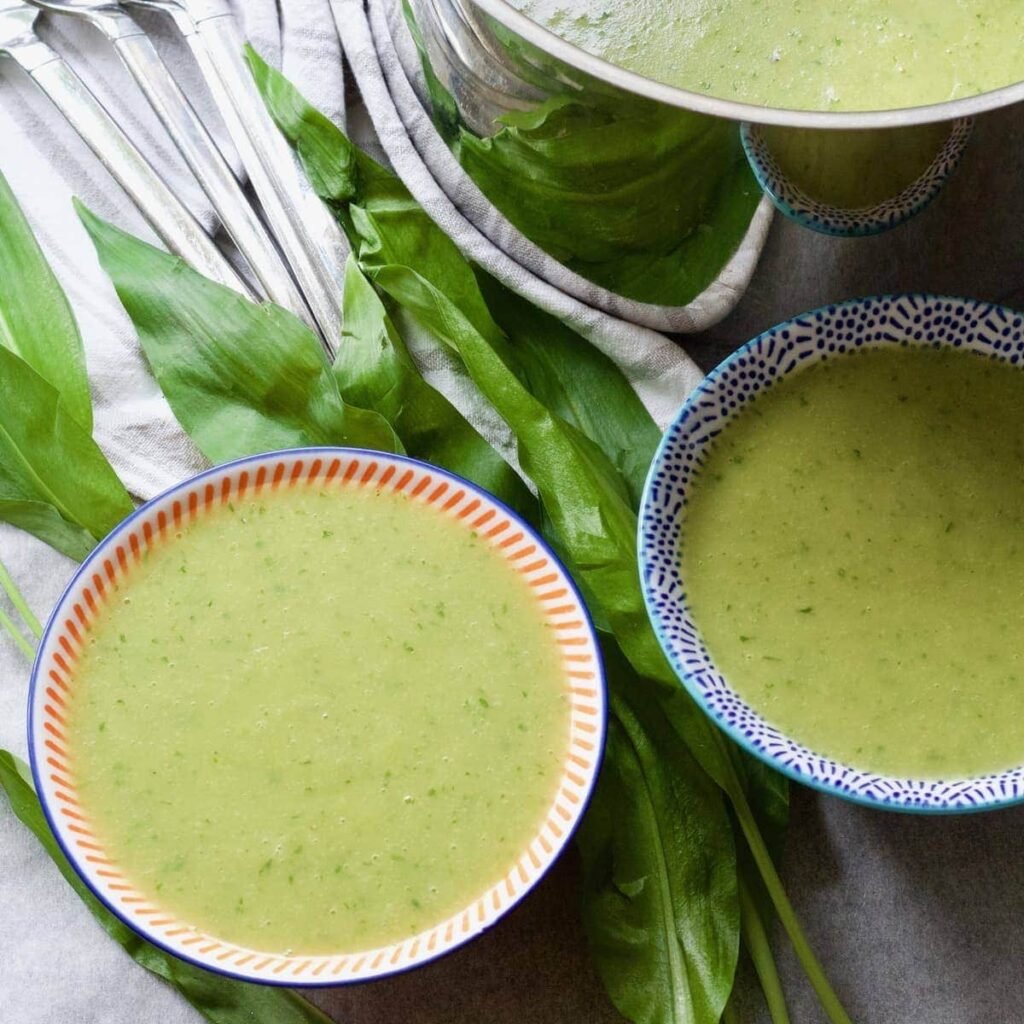The Amazing Wild Garlic Good For Health and Vitality
Table of Contents
What is wild garlic?
Wild Garlic, known also as Ramson. The relatives of garlic, onion, and chives with star-shaped white flowers were known to the Romans, Germans, and Celts as aromatic and medicinal plants. Ramson has several names – Allium ursinum, also popularly known as forest garlic, wild garlic, or bear garlic.
Why is the name after the bear?
Probably because brown bears eat him after hibernation to return quickly to bear forces. Maybe because he, after his hibernation, is exactly like the bear, a symbol of awakening life in spring. The Germans were certainly convinced that the bear owes this plant its vigor and fertility.
Fresh wild garlic for the health
The herb contains lots of vitamin C, essential oils, and other ingredients such as magnesium and iron. He is at least as healthy as his relative, the garlic, but without affecting the body odor. Ramson is effective against the fermentation processes in the intestine, which are associated with bloating and cramping pains.
It stimulates the appetite, cholagogues, cholesterol-lowering, and is a vasodilator. The main applications are gastrointestinal disorders, loss of appetite, and weakness. Generally, Ramson strengthens the body and contributes to detoxification.
Beware of confusion

In the springtime, in April, when it gets sunny and increasingly warmer, the wild garlic season starts, and they have their characteristic fragrance. Despite the garlic-like odor, the plant collector can confuse it with poisonous lookalikes – with potentially fatal consequences.
The young leaves of Ramson are similar to those from the poisonous lily of the valley (Convallaria majalis) and the very poisonous autumn crocus (Colchicum autumnale). Especially in the months of April and May.
The harvest
Ramson grows in weedy, shaded, and nutrient-rich deciduous and mixed forests, meadows, and parks along creeks and riparian forests. In early spring, the small onions drive two juicy green, lance-shaped leaves that are versatile with their aromatic flavor. You can use it in the kitchen but also have health benefits.
Harvest time is from appearing of the leaves (about mid-March) until the breaking of the buds. After that, the taste is very strict and unpleasant. You must use wild garlic fresh. So you’re on the go, place the harvested leaves best in a transparent plastic bag with a few drops of water. Inflate the bag and close it so that the delicate leaves survive not only your movements but, after this, a few hours in the vegetable drawer of the refrigerator.
Recognize Ramson
Particularly common, Ramson is confused with the lily of the valley, which has similar leaves. The main difference is: The underside of wild garlic leaves shimmers a slightly metallic green, the Lily of the Valley fresh green. One is the odor sample: When you rub the leaf between your fingers and has not had the typical garlic-like odor, don’t use it. This test, however, is only meaningful if your fingers have not already accepted the garlic smell.
Ramson collectors should, therefore, know the plant with all its features. For those who prefer to go on the safe side: More and more farmers’ markets offer wild garlic; there is also the opportunity to purchase plants, seeds, or bulbs in stores. You can grow them in the garden, put the bulbs into the soil, and harvest the leaves in spring.
Wild Garlic Pesto
Vegan wild garlic lasagne

Plant-based foods can be pricey, but if you forage for the garlic, this vegan wild garlic lasagne recipe delivers punchy flavours and a moreish ‘cheese’ sauce.
Vegan Wild Garlic Soup

This simple Soup is delicious, filling & nutritious. Made with potatoes, leek, onion, celery, veggie stock & wild garlic it’s wonderfully creamy with gentle garlicky flavour.
GROW VEGETABLES AND HERBS FROM SCRAPS AT HOME
Read also> PARSLEY HERB A SERIOUS COMPETITION FOR FOOD SUPPLEMENTS




